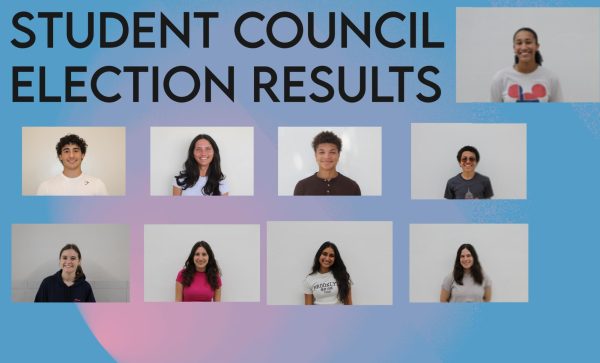The Evolution and Impact of Social and Political Commentary in Music
May 22, 2022
Throughout history, art has been used as a vehicle to express one’s emotions and internal battles. Some of the most impactful pieces of art are those that express one’s opinions on social and political matters because they spread awareness for causes and ensure that the world knows what is going on around. For example, Pablo Picasso painted his famous piece, “Guernica,” during World War II to protest the atrocities that Hitler’s German air force inflicted on the Spanish town of Guernica. In terms of music, social and political commentary have the power to not only spread awareness about world events but also as a tool of protest and social change.
With their elevated positions in society, artists often use their platforms as a tool to draw attention to important issues. Throughout the 1960s, the U.S. was in the midst of intense social and political turmoil. The Vietnam War, civil rights movement, women’s rights movement and ever-changing political climate had taken hold of society, leaving many groups of people airing their grievances.
As one of the greatest songwriters of all time, musician Bob Dylan is often revered as a protest artist. His song “Only a Pawn in Their Game” became an extremely popular and important anthem for the civil rights movement. The song discusses the assassination of civil rights activist Medger Evers by a white supremacist. The lyrics of the song attribute his assassination to the social discord, classism and systemic issues between whites and African-Americans in society. Dylan utilizes the song to explain that racial violence came as a result of rich white politicians manipulating and instructing poor white people into directing their hatred towards African-American groups.
Dylan performed this protest song at the 1963 March on Washington where civil rights leader Dr. Martin Luther King, Jr. gave his impactful “I Have A Dream” speech. To this day, the song has been used to protest the ongoing systemically racist issues that the U. S. faces. John Mellencamp, an American singer, re-worked the song into addressing the 2020 murder of George Floyd by police and the issue of police brutality, demonstrating how protest music can have a lasting impact on society.
Modernly, artists such as The 1975, Childish Gambino and so many others have continued the tradition of using music as a form of protest and information. The 1975, an English band, have recently been at the forefront of commentary in music. In their sophomore album, i like it when you sleep, for you are so beautiful yet so unaware of it, the band wrote a song called “Loving Someone.” The song has become an anthem for the LGBTQ+ community as it comments on the way that society and the media have conditioned youth to perceive sexuality. Frontman Matty Healy has spoken on the concept of exploring one’s sexuality in many songs on the album, such as “Love Me” and “The Sound.”
Perhaps The 1975’s most famous social protest song is “Love It If We Made It,” which comes off their junior album A Brief Inquiry into Online Relationships. The lyrics of the song analyze the volatility of modern society by including references to immigration, climate change, the prison-industrial complex, Donald Trump’s presidency, drugs and social media. The song comes together with the words “Modernity has failed us / And I’d love it if we made it.” Alongside this song, the album takes a stand on gun control in the song, “I Like America and America Likes Me” and the duality of social media in the song, “Sincerity is Scary.”
Debatably the most influential and popular protest song of the 2000s is “This Is America” by Childish Gambino. When the hip-hop artist released the song in 2018, the country was swept by surprise due to the powerful lyrics, intense beat and harsh reality. The song appears to hold commentary on life as an African-American male in American society as well as American culture as a whole. In the music video, Donald Glover engages in popular dances with school children while police cars burn, explode and people scatter in the background. The image and the lyrics serve as a juxtaposition of how social media and pop culture blind individuals from the realities of American culture. Furthermore, the presence of police cars serve as a reference to the protests against police brutality that occur in American cities. Glover also alludes to the glorification of guns in hip-hop songs, the argument of using guns as self-defense and the epidemic of mass shootings in the U.S.
Overall, over time, musicians have used social and political commentary to spread awareness on issues that have plagued the nation. From racial inequality to LGBTQ+ issues to gun violence to systemic issues, this form of commentary has the power to influence individuals to make a change in society.















